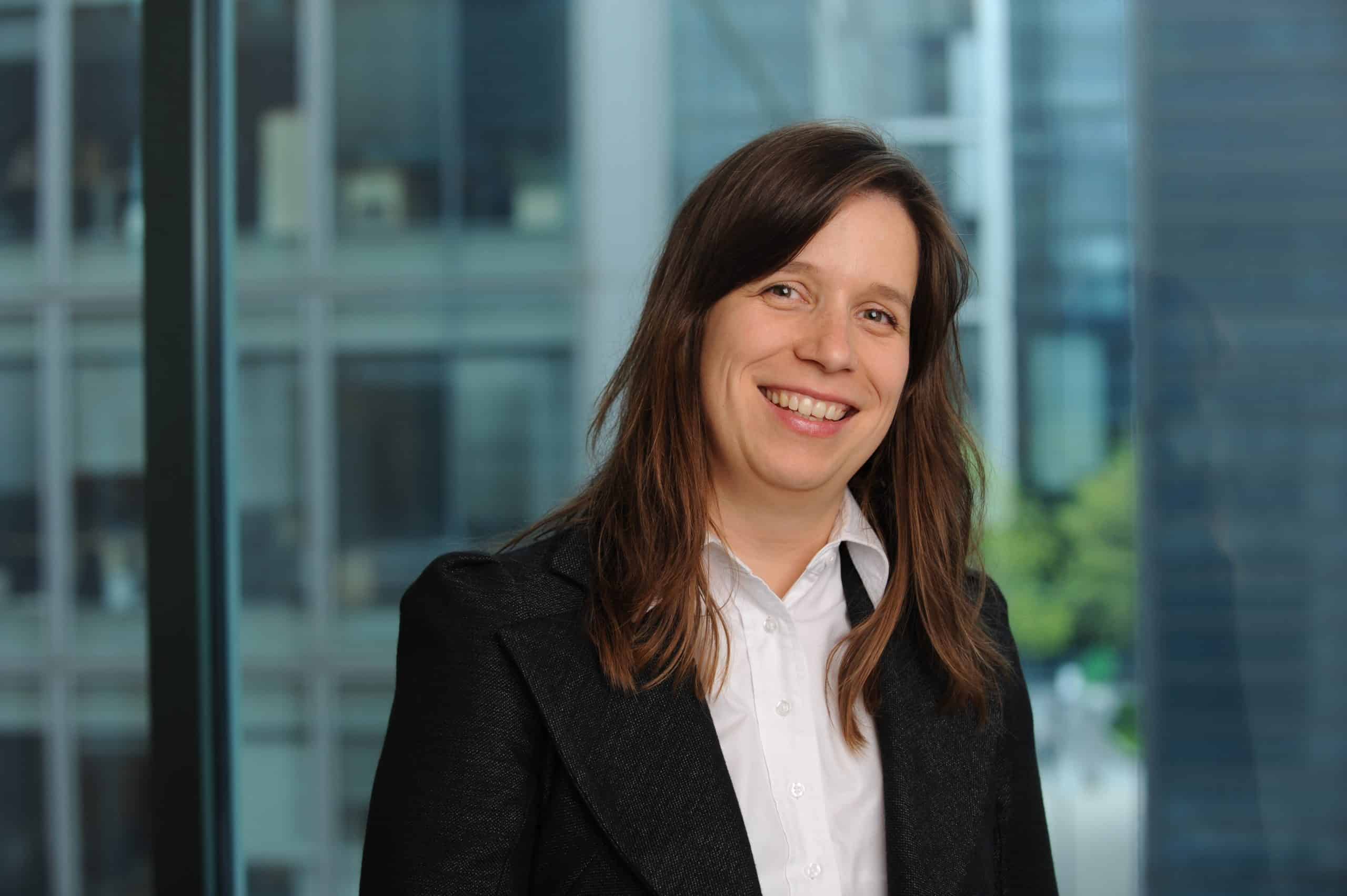Definedloosely as the regional spread from Israel, Lebanon, Jordan and Syria in the northeast, including Egypt in the southwest, with Cyprus off the shore, the Levant sees many points of light despite the current gloomy outlook.

The year 2017 hasn’t exactly been encouraging, with global investor confidence held back by geopolitical factors and the depressing reality that almost 10 years after the global financial crisis arose, the world’s economy has yet to stabilize or find direction.
The Levant—defined here loosely as the region spreading from Israel, Lebanon, Jordan and Syria in the northeast, and including Egypt in the southwest, with Cyprus off the shore—appears to be no exception to this gloomy generality. Although “Daesh” (or the Islamic State group) has suffered major losses, countries continue to be impacted by the fighting in Iraq and Syria. Meanwhile, the long negotiations between the Greek and Turkish Cypriots, which had recently looked hopeful, were suspended in July. And the referendum in the Kurdish part of Iraq—which saw the huge majority of voters back independence from Baghdad—has added to tensions across the region.
Yet looking a little closer, the outlook for some key countries has picked up. “The best trends remain in Egypt and, to a lesser extent, in Jordan and Lebanon,” says Saad Azhari, head of Lebanon’s Blom Bank.
Egypt—with the region’s largest population at 95.3 million, a little more than half of whom are under age 25—has witnessed a transformation since last November’s currency liberalization, which saw the Egyptian pound devalued by 48% (and then left to float freely) as part of Cairo’s undertaking to get a $12 billion IMF loan. Other initiatives aimed at reducing the budget deficit from last year’s level of almost 12% to around 9% included introduction of a value-added tax of 14% and policies to attract foreign investors.
Local consumers have been badly impacted by some of the measures, which included massive cuts in fuel and other subsidies, leading to rises of up to 42% in domestic electricity prices in July alone. One of the biggest worries is inflation, which by midyear hit around 33%, or an average of 3% a month. Yet observers say the reforms, painful though they may be, offer Egypt a new beginning.

“Strong reform momentum and the completion of the first review of the IMF program in July have contributed to boosting investor confidence,” says Hanan Morsy, lead economist at the EBRD for the Southern and Eastern Mediterranean region, adding that FDI increased to around $8 billion relative to 2016–2017, while foreign investment in domestic debt instruments increased tenfold. Remittances from Egyptians abroad have also increased; and international reserves have rebounded to pre-2011 levels, covering more than six months of imports.
“Egypt is one of the most exciting emerging-market stories of the past 12 months,” says Charles Robertson, global chief economist for Renaissance Capital. He suggests that the government of Abdel Fattah al-Sisi has completely shifted gears from the statist policies of the Mubarak era and moved toward cutting subsidies and raising funds for ambitious new projects, including a new capital city some 45-60 kilometers (about 28-37 miles) east of Cairo. The new capital will enable government ministries as well as businesses and industries to relocate from crowded Cairo into new residential areas that officials envisage eventually becoming home to some five million people. Egypt’s government is currently in negotiations with leading Chinese construction and development companies for this $20-$45 billion-plus project.
Egypt matters because its potential is huge, with a great many infrastructure and other projects needing funding. Any confidence arising from a sustained recovery there would have a positive impact across the Levant. This explains why the EBRD and other international financial institutions have been keenly supporting its recovery. Over the past few months, EBRD has opened a second office there, in Alexandria, and has been prioritizing initiatives that will spread benefits across the economy, such as sustainable and renewable energy (including solar energy plants in Aswan), infrastructure financing and SME support, reaching more than 600 SMEs to date. This year will be a record year for the EBRD in Egypt, with over €1 billion ($1.2 billion) worth of projects.
Lebanon, which this summer became the fifth member of the EBRD’s Southern and Eastern Mediterranean region, has also benefited from an improved business and economic environment. Confidence in Lebanon’s leadership rose after the country’s fractured political class agreed to the formation of a new coalition government and a new president, Michel Aoun, last October.

“This increased confidence is going to be reflected in a higher GDP growth rate this year—at 2.5% or higher—driven by better tourist numbers and higher spending,” predicts Blom Bank’s Azhari. Steady inflows and growing deposits in Lebanese banks (whose outlook was upgraded from negative to stable by Moody’s in September) and the strong position of the central bank, Banque du Liban, which has foreign assets of $42 billion, are also boosting confidence.
Of all the countries that border Syria, Jordan has arguably suffered the most as a result of the Syrian civil war of the past few years. Refugees have swollen its population—an estimated 500,000 to 750,000 people have been added to a population of fewer than eight million. Tourism and other key sectors have been badly hit by perceptions of the country’s vulnerability. Government debt is around 9% of GDP. However, although the projected GDP growth rate of 2.7% this year is deemed insufficient given Jordan’s needs, the reopening of the border with Iraq has boosted confidence.
The EBRD’s director of the Eastern Mediterranean region, Heike Harmgart, says the government has been working to foster new growth sectors. These include solar and wind energy, which should not only boost growth but also reduce spending on energy imports, one of Jordan’s biggest external costs. Pharma, and more recently fintech, are also growth areas, with the Central Bank of Jordan recently publishing new policy guidelines for the sector. EBRD’s venture fund also supports fintech, and the bank is looking to invest directly in other fintech projects.
“The reopening of the Iraqi border could be a game changer for Jordan, but it needs
to tackle bottlenecks—most notably at the port of Aqaba, which needs major improvements,” Harmgart says.
These three Levant countries will all need to maintain current reforms if the promising shoots of recovery are to grow strong. Egypt’s priorities include bringing inflation and the deficit down (11% and 9%, respectively, are next year’s targets), improving the business environment and, over the longer term, building up exports, which currently account for only a tiny 6% of GDP.
“Egypt has the potential to become like Turkey and be a major center for car manufacture,” says Robertson. “It really has to take full advantage of the improving investment climate and agreements with the EU and other markets.”
And Lebanon, despite progress, can hardly afford to rest, either.
“We have yet to see a more determined effort by the [Lebanese] government for structural reforms, including an approved budget, improved investment climate and competitiveness, and reform of public-sector entities,” warns Blom Bank’s Azhari.
Still, Azhari is broadly optimistic. “The IMF expects growth to be 3.2% next year,” he says. “Going forward, growth should be encouraged by the prospects of a more vigorous world economy and less regional political instability.”



